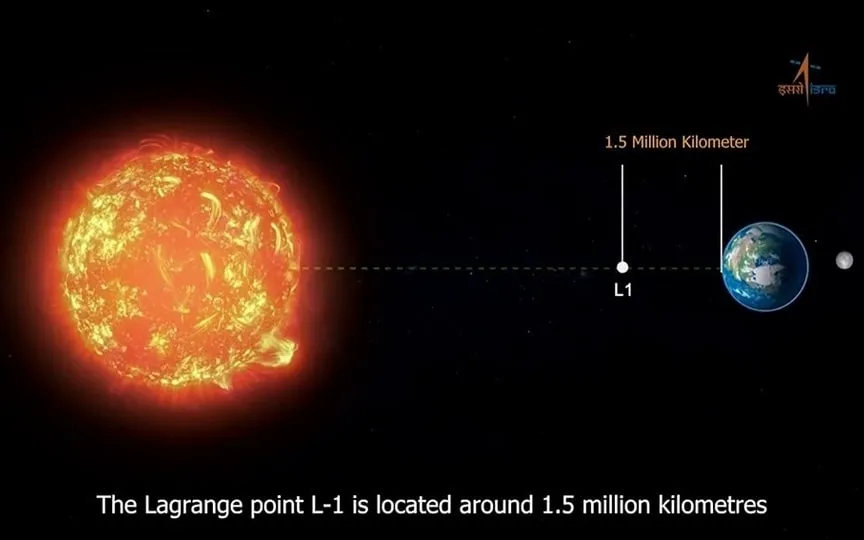Unveiling ISRO’s Aditya-L1 Mission: Discovering the Mysteries of HEL1OS!
India’s space exploration endeavors achieved a significant feat as the Aditya-L1 mission, the country’s first solar observation mission, embarked on its journey towards the Sun-Earth L1 point (L1) on September 2. Recently, the Indian Space Research Organisation (ISRO) announced the triumph of the High Energy L1 Orbiting X-ray Spectrometer (HEL1OS) payload. This instrument successfully captured the initial phase of solar flares during its inaugural observation period on October 29.
What is Aditya-L1 Mission HEL1OS
HEL1OS, an innovative hard X-ray spectrometer, is part of the Aditya-L1 mission, which is designed to study solar activity and, in particular, is capable of recording the early impulsive phases of solar events. Operating in a wide X-ray energy band of 10-150 keV, this instrument provides a revolutionary approach to understanding the complex dynamics of solar flares.
Despite extensive studies of solar flares over the years, recording and analyzing the original impulsive emission, especially in hard X-rays, remains a formidable challenge. HEL1OS aims to overcome these difficulties by using detectors tailored to different energy ranges, providing high spectral and time resolution measurements.
HEL1OS scientific endeavors
The main scientific objectives of HEL1OS include the study of explosive energy release, electron acceleration and transport mechanisms during solar flares using fast time-lapse measurements and high-resolution spectra. In addition, the purpose of the instrument is to study the quasi-periodic pulsations (QPP) of hard X-rays during solar flares in order to obtain information on the acceleration mechanisms of the particles.
HEL1OS has two different detector types: cadmium telluride (CdTe) operating in the 10–40 keV range and cadmium zinc telluride (CZT) operating in the 20–150 keV range. These detectors, each with 256 pixels, serve specific energy ranges. The CdTe detector excels at lower energies and is used for spectroscopic studies between 10 keV and 40 keV, while the CZT detector is used in the 20 to 150 keV range. This dual detector system is necessary to mask the overlap between the thermal and non-thermal components of a solar flare.
The HEL1OS instrument has been developed by the Space Astronomy Group of the U. R. Rao Satellite Centre, ISRO, Bengaluru, in collaboration with various entities of the Centre.
Since its commissioning on October 27, 2023, HEL1OS has been diligently monitoring the Sun for strong X-ray activity. Data recorded by HEL1OS during the observation period on October 29 revealed an impulsive phase of the solar flare. The instrument’s features allow researchers to distinguish the impulsive phase from the data provided by NOAA’s GOES, as it provides a shorter duration and earlier peak times. Further analysis of the HEL1OS data promises to shed light on electron acceleration mechanisms during these solar events, potentially revealing previously unknown insights.




